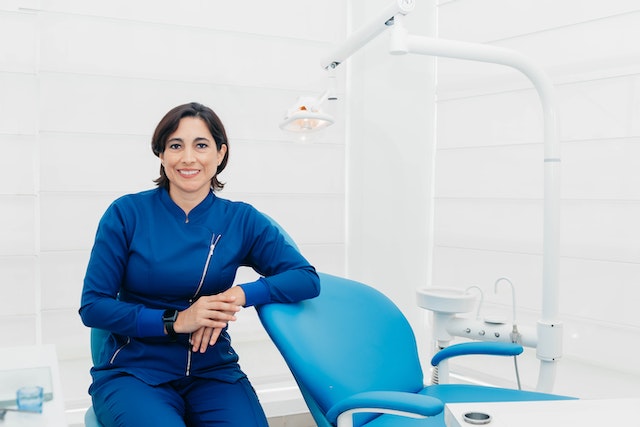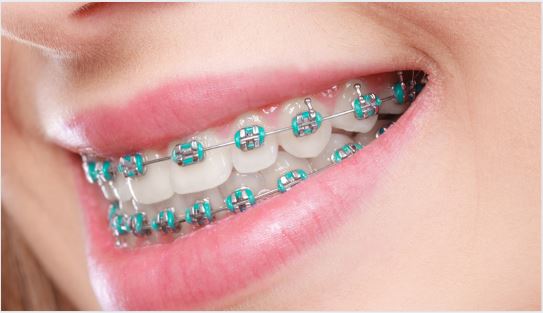Investing in orthodontic treatment in the form of braces represents a significant move toward attaining an attractive and healthy mouth. On the other hand, the procedure is not always straightforward and clear, particularly if this is your first time doing it. Have you been looking for a simple way to enhance the appearance of your teeth? If so, you’re at the right place. When you have your teeth straightened with Boston Braces, the process might take as little as six months if you reside in or near to the Boston metropolitan region. In this piece, we will address the best method to go about getting orthodontics for your teeth.
#1. Consultation With an Orthodontist

Making an appointment for a consultation with an orthodontist is the first thing that needs to be done in order to get braces. The orthodontist will inspect your teeth, mandible, and bite during the consultation to determine whether or not you require orthodontic treatment in the form of braces. They will also explain the various treatment choices available to you, the length of treatment, as well as the associated costs.
#2. Plan the Treatment
When it has been established that you require orthodontic treatment, your orthodontist will develop a treatment strategy that is individualized to address your unique requirements. This plan will detail the sort of braces you require, how long your treatment will last, and any other prerequisite steps that must be completed before receiving braces.
#3. Getting Ready for Your Braces
Depending on your individual circumstances, there are likely some things you need to do in order to get ready for obtaining orthodontics. Before obtaining orthodontics, for instance, you might need to have some teeth extracted or go through some other kind of dental treatment first. Additionally, it may be necessary for you to abstain from certain meals and behaviors, such as chomping gum or gnawing your nails, which can cause damage to your teeth or orthodontics.
#4. Getting Braces

The procedure of obtaining orthodontic braces generally takes between one and two hours to complete. First, the orthodontist will give your teeth a comprehensive cleaning and then they will be dried off completely during this time. The bonding glue will then be applied to your teeth, and the brackets will be attached to the glue using an adhesive. After the brackets have been affixed to the teeth, the orthodontist will proceed to insert the archwire through the brackets and then secure it with elastic bands.
#5. Adjusting to Braces
It is possible that it will take some time for you to acclimate to the new sensation in your teeth after receiving orthodontics. It is possible that you will feel some difficulty after getting braces, particularly in the first few days after getting them. However, after a few days, this irritation will generally start to fade away.
During the time that your teeth are adjusting to their new positions, it is essential to adhere to the recommendations of your orthodontist and refrain from eating anything that might damage your orthodontics. Plaque accumulation and tooth cavities can both be avoided by maintaining proper oral hygiene practices, such as cleaning and polishing your teeth on a regular basis.
#6. Checkups and Alterations at Regular Intervals
After you get braces, you will need to pay frequent visits to your orthodontist so that they can check your progress and make any necessary modifications. During these checkups, the orthodontist will evaluate your development and make any necessary alterations to your orthodontic appliances (braces).
You should plan on seeing your orthodontist anywhere from once every six to eight weeks, on average. At each of these appointments, the orthodontist will make adjustments to the archwire’s tightness in order to facilitate the movement of your teeth into their ideal locations. They might also change out elastic bands or make other modifications according to the situation.
#7. After Treatment
After the completion of your orthodontic treatment, your orthodontist will remove your braces and any lingering bonding adhesive from your teeth. After that, they will fabricate a retainer that will assist in keeping the outcomes of your procedure in place.
In order to keep your teeth from moving back to where they were before you had orthodontic work done, your orthodontist will instruct you to wear a retainer. It is critical that you comply with this instruction. It’s possible that you’ll need to wear your retainer constantly for a while, and then eventually make the switch to wearing it just at night.
To summarize, obtaining orthodontics is an important move toward attaining an attractive mouth that also maintains good health. You should make an appointment for a consultation with an orthodontist, observe the treatment plan that they provide, and practice good dental hygiene in order to get braces in the correct manner. To ensure that the outcomes of your orthodontic treatment remain stable over time, your orthodontist will recommend that you continue to wear your retainer and visit them for routine examinations and corrections.

